Introduction
Lamb soup, a culinary delight enjoyed across various cultures and cuisines, offers a rich, hearty, and comforting experience that warms the soul and nourishes the body. Whether you’re a seasoned chef or a home cook eager to impress, mastering the art of cooking lamb soup can elevate your culinary repertoire to new heights. This comprehensive guide will walk you through every step of the process, from selecting the perfect ingredients to achieving a flavorful, aromatic broth that’s sure to delight your taste buds.
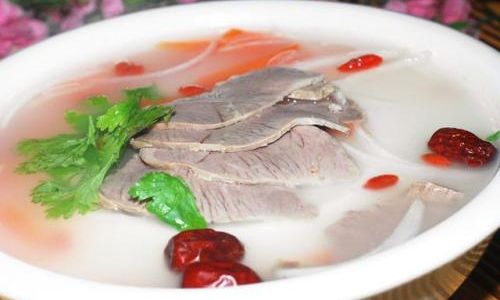
Section 1: Understanding the Basics
Before diving into the recipe, it’s crucial to understand the fundamental elements that contribute to a successful lamb soup. Lamb soup’s appeal lies in its deep, savory flavors, which stem from a combination of quality ingredients, slow cooking, and meticulous seasoning.
1 Choosing the Right Lamb
The quality of the lamb is paramount. Look for cuts that are well-marbled, as the fat adds flavor and moisture to the soup. Shoulder and neck cuts are ideal for soups due to their higher fat content and flavorful connective tissues. Bone-in cuts are preferable as they provide additional flavor and gelatin to the broth.
2 Selecting Fresh Ingredients
Fresh vegetables, herbs, and spices form the backbone of lamb soup’s aroma and taste. Opt for carrots, celery, onions, and garlic for a classic base. Fresh parsley, thyme, rosemary, and bay leaves add layers of complexity to the broth. Don’t overlook the importance of good-quality stock or water, as it serves as the foundation for your soup.
3 Equipment Matters
A large, heavy-bottomed pot is essential for cooking lamb soup. This type of pot retains heat well and ensures even cooking, which is crucial for extracting maximum flavor from the bones and meat. A stockpot with a lid is ideal, as it allows you to simmer the soup slowly without evaporating too much liquid.
Section 2: Preparing the Ingredients
Proper preparation of ingredients is key to achieving a balanced and harmonious flavor in your lamb soup.
1 Preparing the Lamb
Trim any excess fat from the lamb bones and meat, but leave enough to flavor the broth. Cut the meat into large chunks to prevent it from disintegrating during cooking. Rinse the bones and meat under cold running water to remove any blood or impurities. Pat them dry with paper towels to ensure even browning.
2 Preparing the Vegetables
Chop the vegetables into uniform sizes to ensure they cook evenly. Peel and roughly chop carrots, celery, and onions. Mince the garlic for a stronger flavor release. Blanching the vegetables briefly in boiling water can help them release their flavors more effectively into the soup.
3 Toasting Aromatics
Toast whole spices like peppercorns, coriander seeds, and cumin seeds in a dry pan over medium heat until fragrant. This step awakens their flavors and enhances the overall aroma of the soup. Grind them finely or use them whole, depending on your preference.
Section 3: Cooking the Lamb Soup
Now, let’s dive into the cooking process, step-by-step.
1 Browning the Lamb
Preheat your oven to 350°F (175°C). In a large, oven-safe pot, heat a generous amount of olive oil over medium-high heat. Season the lamb bones and meat with salt and pepper. Sear the pieces in batches, ensuring they are well-browned on all sides. This process caramelizes the surface of the meat, adding depth and richness to the broth. Remove the browned meat and bones from the pot and set them aside.
2 Building the Base
In the same pot, add the chopped vegetables and minced garlic. Sauté until they are softened and slightly caramelized, about 5-7 minutes. Add the toasted spices and cook for another minute, stirring constantly to avoid burning.
3 Deglazing the Pot
Pour in a cup of dry white wine or chicken stock (if you prefer to keep it alcohol-free). Use a wooden spoon to scrape up any browned bits stuck to the bottom of the pot. This step, known as deglazing, adds additional flavor to the soup.
4 Adding the Lamb and Broth
Return the browned lamb bones and meat to the pot. Pour in enough cold water or stock to fully submerge the ingredients, plus an extra 2-3 inches. Bring the mixture to a boil over high heat, then reduce the heat to low. Cover the pot and transfer it to the preheated oven.
5 Simmering
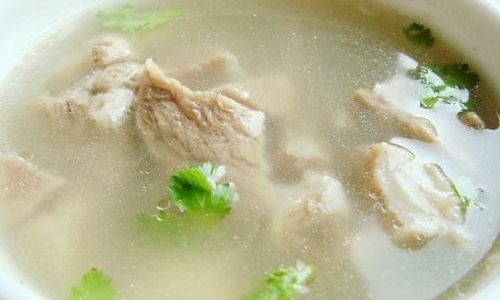
Simmer the soup in the oven for at least 4-6 hours, or until the meat is tender and falling off the bone. The slow cooking process allows the flavors to meld together, creating a rich, velvety broth. Check the pot occasionally to ensure it’s not boiling too vigorously and to skim off any foam that rises to the surface.
6 Finishing Touches
After the soup has simmered for the required time, remove it from the oven and let it cool slightly. Carefully strain the soup through a fine-mesh sieve into a clean pot, discarding the solids. If desired, you can return the meat to the broth, shredded or in chunks, depending on your preference.
Taste the broth and adjust the seasoning with salt, pepper, and additional herbs as needed. Some recipes call for a splash of vinegar or lemon juice to brighten the flavors.
Section 4: Adding Garnishes and Accompaniments
Lamb soup is versatile and can be enjoyed in various ways. Here are some suggestions for garnishes and accompaniments to elevate your dish.
1 Fresh Herbs
Chopped fresh parsley, thyme, or rosemary add a burst of freshness to each bowl of soup. Sprinkle them generously over the top before serving.
2 Citrus Zest
A fine zest of lemon or orange adds a refreshing tang that complements the rich flavors of the lamb.
3 Croutons
Homemade or store-bought croutons provide a crunchy contrast to the soft, tender meat and vegetables.
4 Dairy Products
A dollop of sour cream, yogurt, or even a sprinkle of grated cheese can add creaminess and richness to your soup.
5 Accompaniments
Serve your lamb soup with a side of crusty bread, rice, or noodles to soak up the delicious broth. A simple green salad or a plate of steamed vegetables can also make a satisfying meal.
Section 5: Storage and Reheating
Lamb soup is even better the next day, as the flavors continue to develop. Here’s how to store and reheat it properly.
1 Storage
Let the soup cool to room temperature before transferring it to airtight containers. Store it in the refrigerator for up to 3-4 days or in the freezer for up to 3 months.
2 Reheating
Reheat the soup gently over low heat, stirring occasionally to prevent sticking. Avoid boiling, as it can break down the delicate proteins in the broth, making it cloudy and less appealing.
Conclusion
Cooking lamb soup is an art that combines patience, precision, and a love for good food. By following this comprehensive guide, you’ll be able to create a dish that’s not only nutritious and comforting but also bursting with layers of flavor. Whether you’re serving it to family and friends or enjoying it as a solo treat, lamb soup is a culinary experience that’s worth every minute of effort.
Remember, the key to a successful lamb soup lies in the quality of the ingredients, the slow cooking process, and the attention to detail in seasoning and garnishing. Experiment with different herbs, spices, and accompaniments to find your perfect flavor combination. Happy cooking!
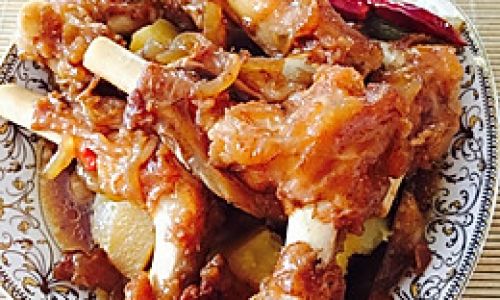
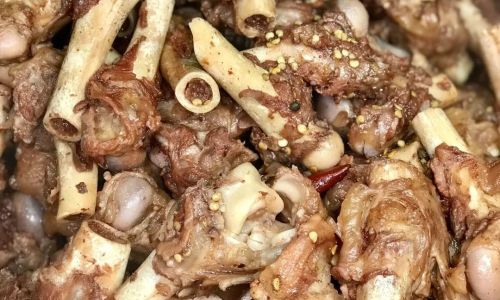
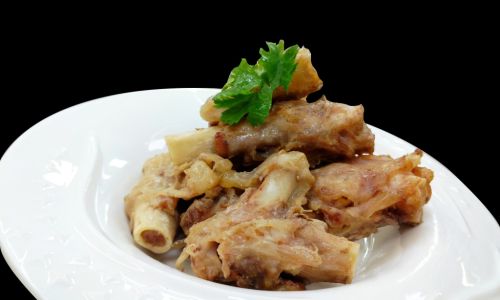
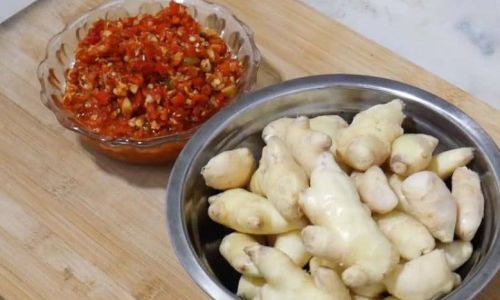
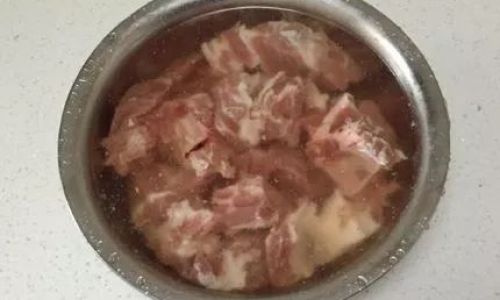
0 comments